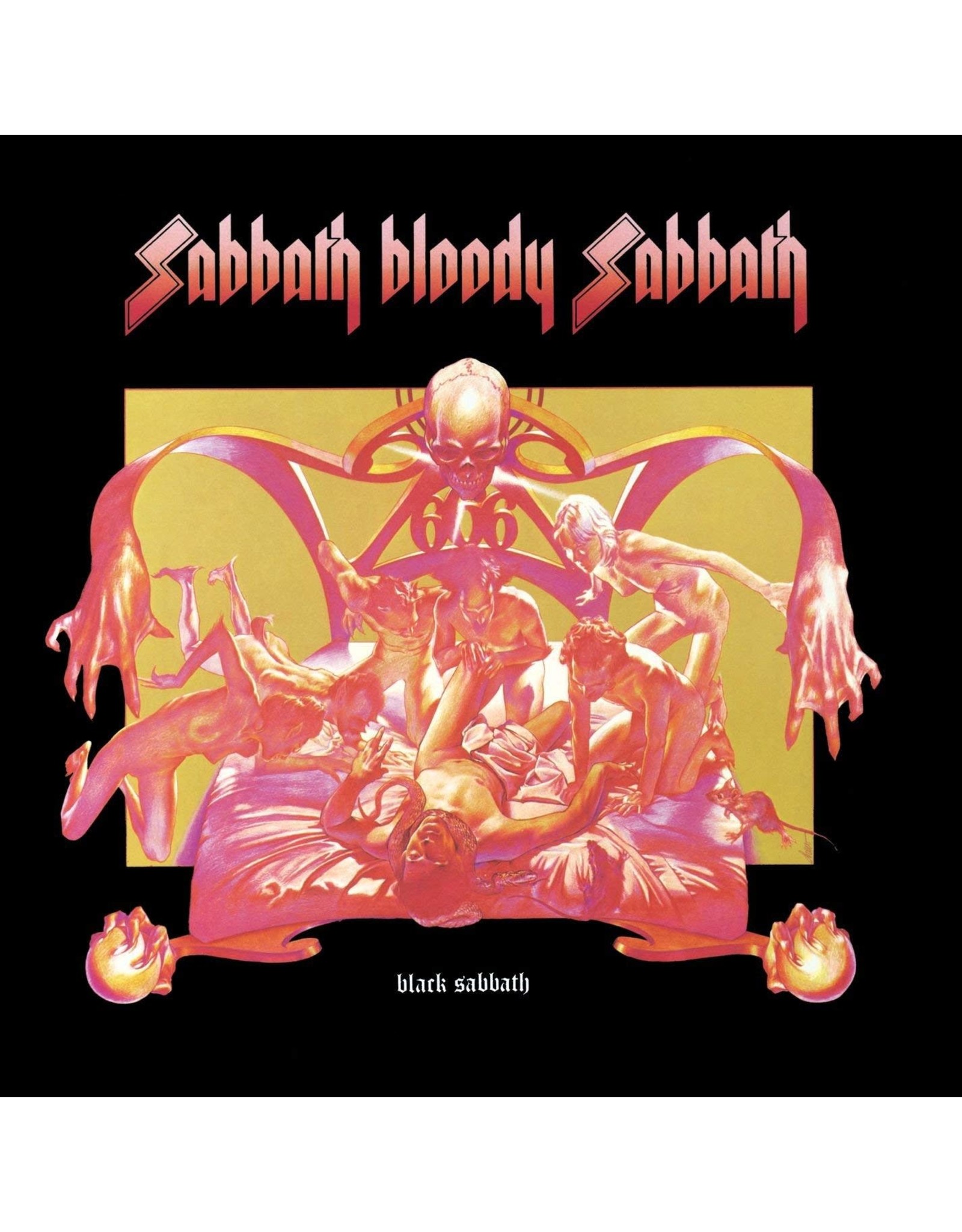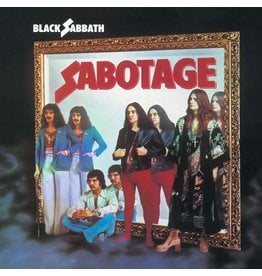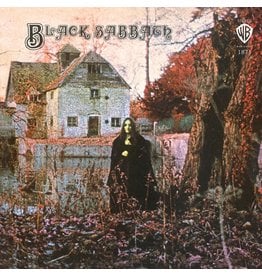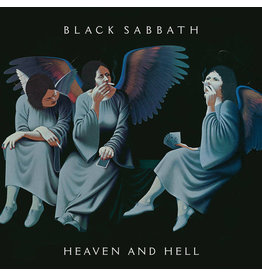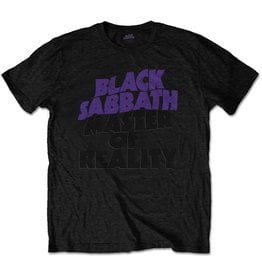Black Sabbath - Sabbath Bloody Sabbath (2016 Remaster)
| UPC: | 081227946630 |
| Availability: | OUT OF STOCK |
| Status: | SIGN UP FOR RESTOCK NOTICE |
| In-Store Pick Up: | Check availability |
Black Sabbath's 1973 album Sabbath Bloody Sabbath features the singles "Killing Yourself To Live" and "Sabbath Bloody Sabbath". The band's fifth album shows them expanding upon their slow, crunching style of music with strings, keyboards and more complex orchestral arrangements.
With Sabbath Bloody Sabbath, the band expanded upon their slow, crunching style of music by strings, keyboards and more complex orchestral arrangements. Following the 1972-1973 world tour in support of their Volume 4 album, Black Sabbath again returned to Los Angeles, California to begin work on its successor. Pleased with Volume 4, the band sought to recreate the recording atmosphere, and returned to the Record Plant Studios with new producer and engineer Tom Allom.
With new musical innovations of the era, the band were surprised to find the room they had used previously at the Record Plant was replaced by a "giant synthesizer". The band rented a house in Bel Air and began writing in the summer of 1973, but due in part to substance issues and fatigue, were unable to complete any songs. "Ideas weren't coming out the way they were on Volume 4 and we really got discontent" Iommi said. "Everybody was sitting there waiting for me to come up with something. I just couldn't think of anything. And if I didn't come up with anything, nobody would do anything."
After a month in Los Angeles with no results, the band opted to return to the UK, where they rented Clearwell Castle in The Forest of Dean, Gloucestershire, England. "We rehearsed in the dungeons and it was really creepy but it had some atmosphere, it conjured up things, and stuff started coming out again". While working in the dungeon, Iommi stumbled onto the main riff of "Sabbath Bloody Sabbath", which set the tone for the new material. Recording was completed at Morgan Studios in Willesden, North London in 1973. Keyboardist Rick Wakeman of the band Yes (who was recording Tales from Topographic Oceans with Yes in the next studio) was brought in as a session player, appearing on "Sabbra Cadabra".
Heavyweight vinyl produced by Warner Records in 2016. Gatefold sleeve.

